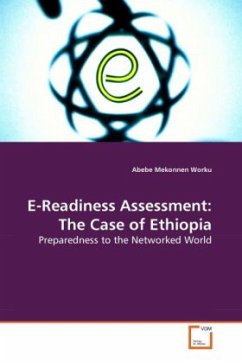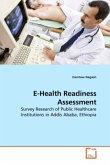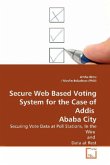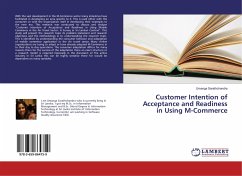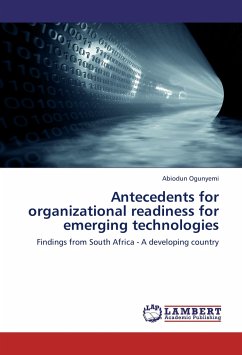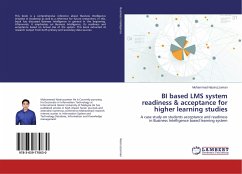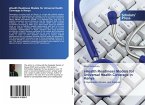Measuring e-Readiness fitting a country's particular context remains a challenge even though there are various tools available to measure e-Readiness. This in turn leads the credibility of several e-Readiness Assessment studies in question. This book aims to explore the existing e-Readiness assessment models in order to identify an appropriate model for the study, adapt the identified model with the Ethiopian context, and finally assess e-Readiness based on the adapted model. The book presents assessment results in areas such as e-Business, e-Learning, e-Government and e-Society in addition to an assessment of other enabling environments such as Information and Communication Technologies (ICTs) infrastructure, regulatory environment, and human resource. The results particularly help to pinpoint areas of strengths and weaknesses so that initiating policy recommendations and/or revisions for better adoption and usage of ICTs. This book should help those professionals interested to undertake e-Readiness Assessment studies especially for developing countries like Ethiopia.
